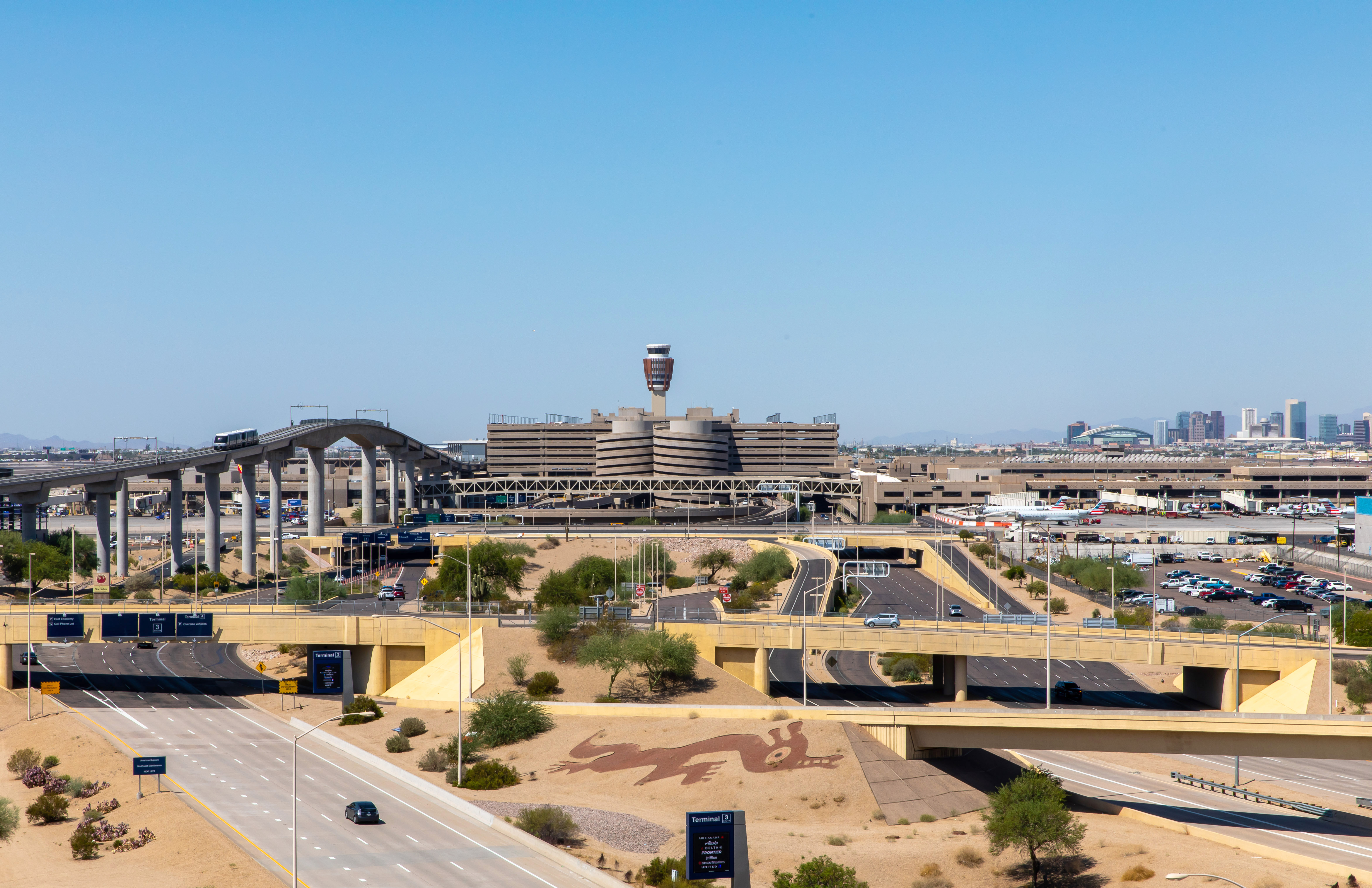
After more than a year of attempts to resolve a dispute with the City of Tempe over planned residential developments in a high-noise corridor directly under Phoenix Sky Harbor International Airport’s flight path, the Phoenix Aviation Department has filed a formal complaint in Maricopa County Superior Court. The City of Phoenix, which owns and operates Phoenix Sky Harbor International Airport, is suing Tempe for breach of contract, asking the court to rescind Tempe’s recent zoning and land use changes and prohibit future residential uses in an area that the Federal Aviation Administration says is incompatible with residential development.
“The Phoenix Aviation Department does not object to a sports arena, restaurants, shops, and other compatible uses related to the proposed Tempe Entertainment District,” said Phoenix Director of Aviation Services, Chad Makovsky. “Today’s action is about ensuring Tempe lives up to its commitments to protecting our state’s largest economic engine – Phoenix Sky Harbor International Airport, the more than 57,000 employees and 44 million annual travelers who depend on the Airport, and the communities surrounding the Airport who depend on the long-standing agreement between our two cities.”
At issue is a 1.2 square mile area of land adjacent to the airport in the City of Tempe which is exposed to noise levels exceeding 65-decibel day/night level (65 DNL). The Federal Aviation Administration recently re-affirmed the boundaries of this high noise area and confirmed that it is not compatible with housing. The cities of Phoenix and Tempe formally agreed back in 1994 that Phoenix would actively defend a modified flight path that follows the Salt River bottom in order to keep departing planes away from homes, while Tempe promised not to permit the development of homes under that modified flight path in the 65 DNL.
Phoenix has tried numerous times over the past year to resolve disagreements with Tempe and attempt to find a path forward, avoiding litigation. Phoenix knows from experience that quality of life is diminished when residents are exposed to excessive aircraft noise. Impacted residents in these areas are expected to respond by taking actions such as filing noise complaints, lawsuits, and other initiatives to reduce or halt airport capacity and development in an attempt to obtain relief.
“After more than a year of meetings and negotiations, we are disappointed that these efforts did not resolve the dispute.” said Makovsky. “As neighboring cities that mutually benefit from Sky Harbor, which drives our region’s tourism, travel, and trade economies, we felt we were very close to a reasonable resolution. We are now left with no other option than to put this in the hands of a judge to confirm the obligations Tempe agreed to in 1994. Of course, Phoenix remains open, even during this litigation, to a solution that honors the integrity of the 1994 agreement between our two cities and continues to protect the Airport and the residents who live near it.”